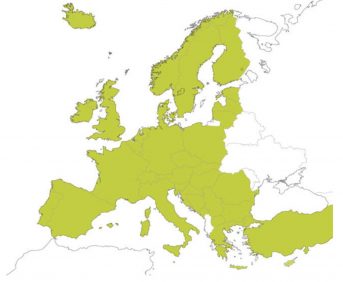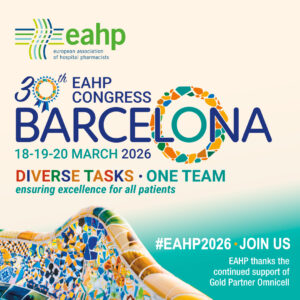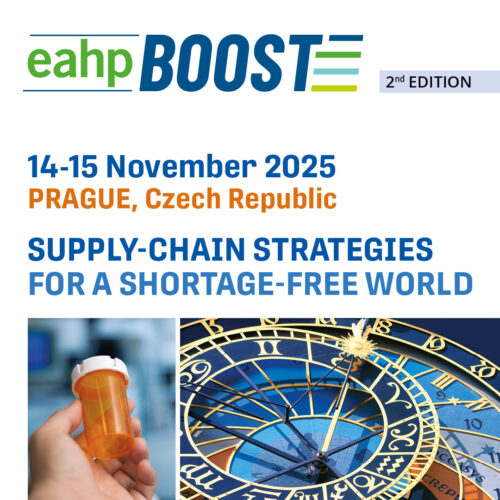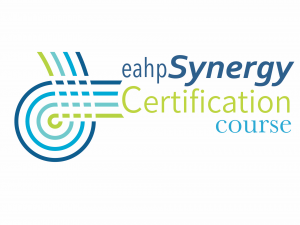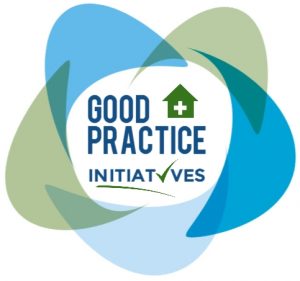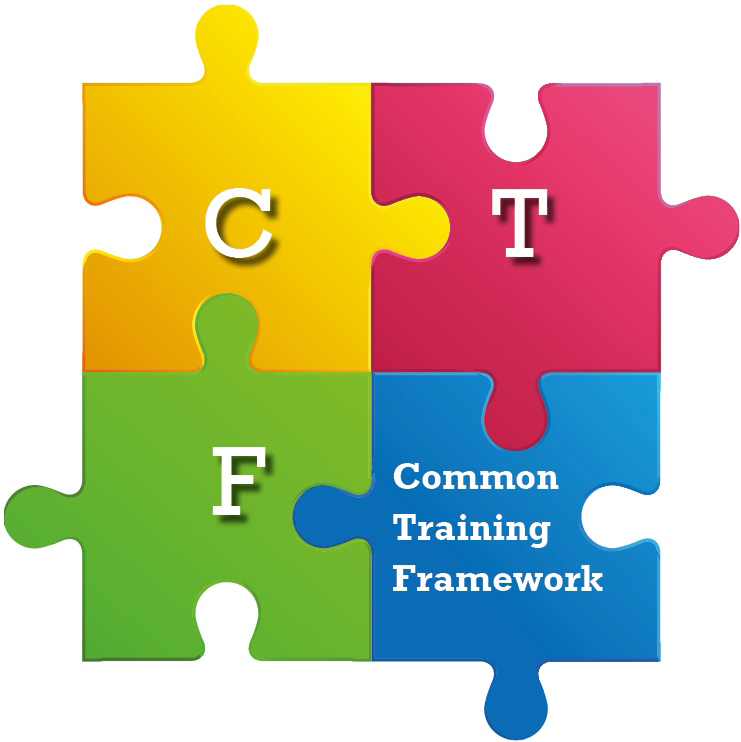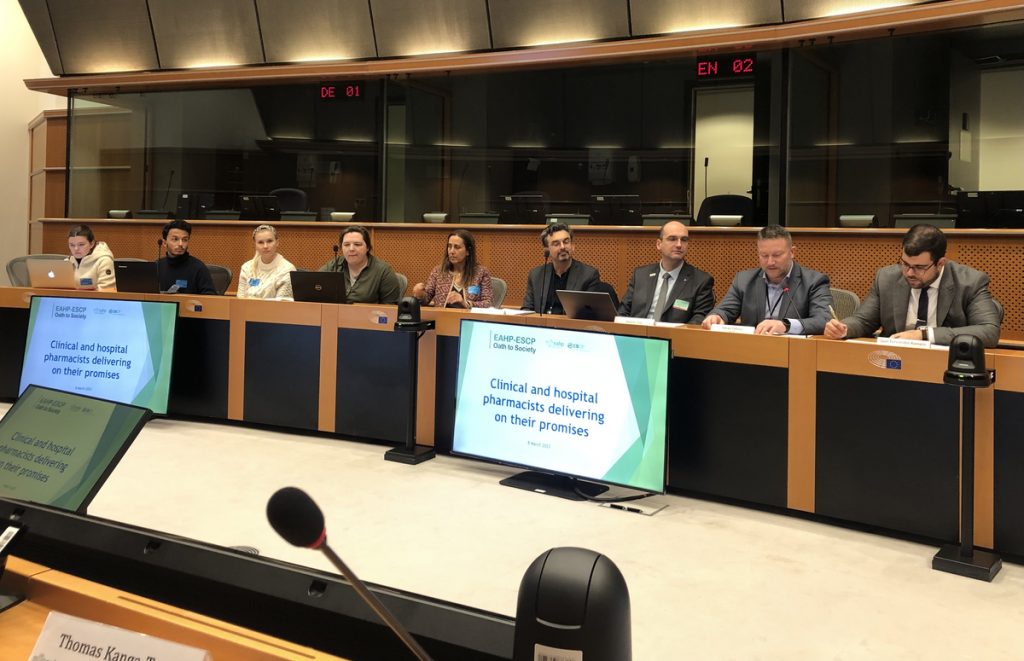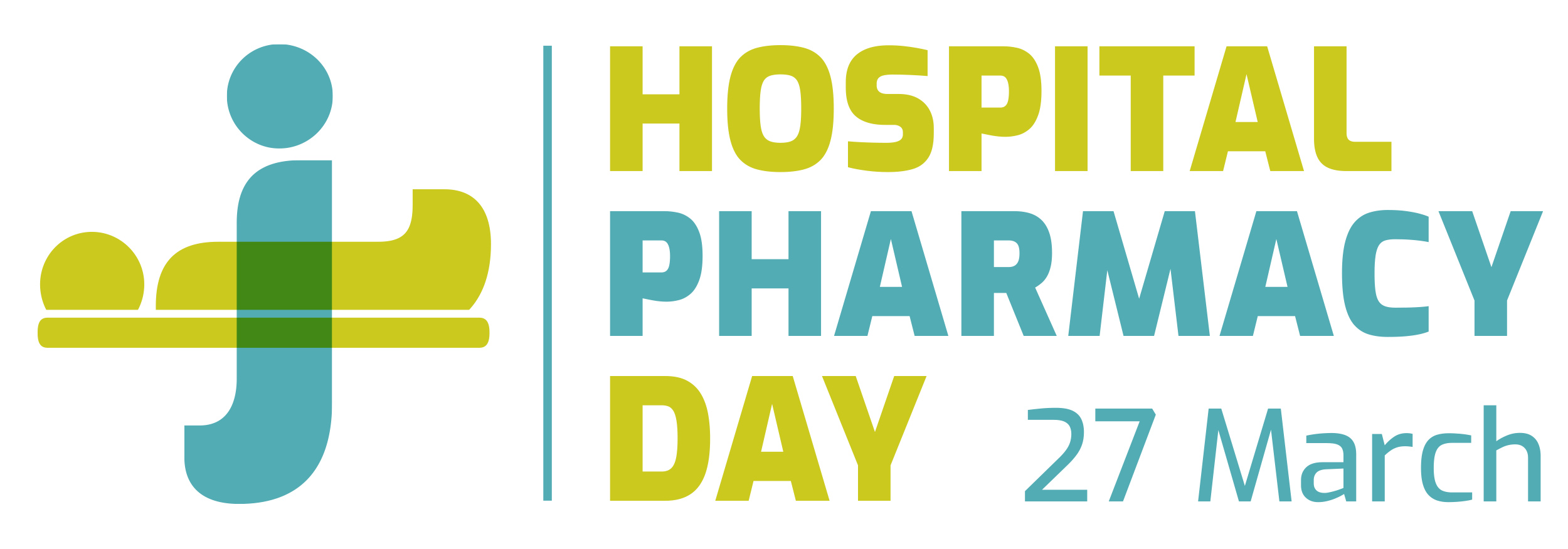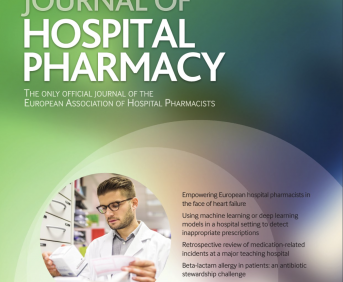Linked to EAHP Statements:
Section 2: Selection, Procurement and Distribution.
ACPE UAN: 0475-0000-17-001-L04-P. A knowledge based activity.
Abstract
What would modern medicine these days be without medicines for disease prevention or therapy? Increasing costs of medicines entering the market and limited health care budgets, however, form a complex field of action for health care decision-makers, payers, and medicines’ providers. Health care systems are challenged as the affordability of high cost medicines is jeopardized by finite financial resources.
Each stakeholder group naturally has its own perceptions and goals. To exemplarily mention: Payers (e.g. hospitals, health insurances) want to limit the budget impact of new medicines as best as possible. Providers (i.e. pharmaceutical companies) aim at generating gains and achieving adequate return on investment. Finally, “consumers” (i.e. the patients) do want to receive best medicines available.
When discussing a new medicine’s availability and its costs and deciding on its use, decision-makers often have to consider substantial uncertainties with regard to a medicine’s true benefit at the time of market authorisation and entry. Which patients benefit the most? How safe is the medicine in real world, and what is the added value compared to already available and well-established therapies? Taken into account these uncertainties, discussions about the “justified” price and the willingness and ability of health care systems to pay “rocket-high” prices are highly relevant and necessary.
The keynote will shed light on different concepts of medicines pricing, and present approaches to quantify innovation and strategies to balance different stakeholder interests.
Learning Objectives
After the keynote, the participant should be able to:
• provide examples of different medicines pricing strategies;
• describe the concept of value-based pricing.
Keywords: medicines pricing, affordability, value-based pricing, innovation
* No conflict of interest has been declared.



